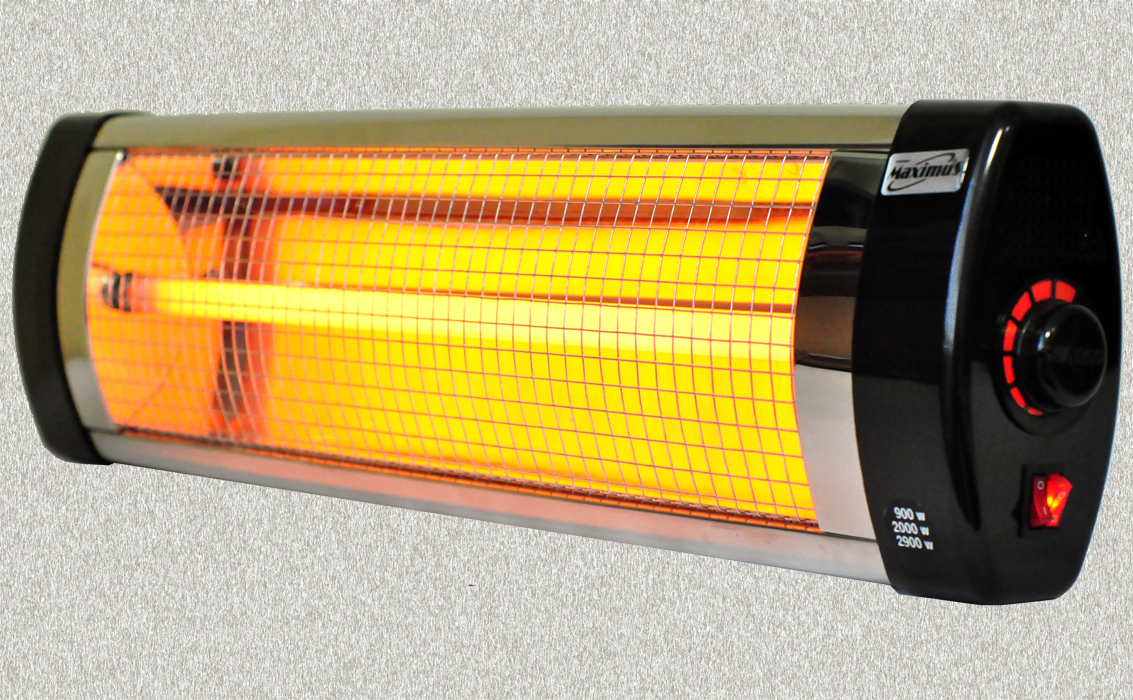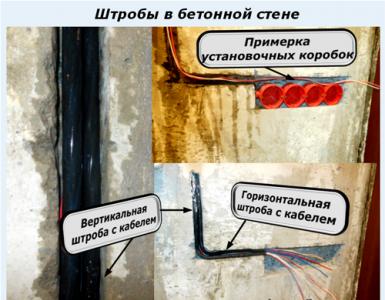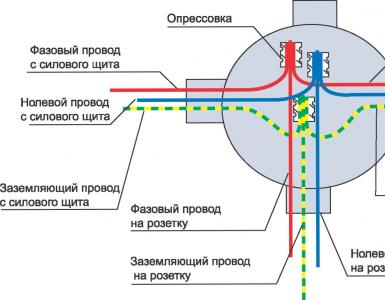Is infrared heater and heating harmful or not?
Infrared heaters, which have recently begun to rapidly replace oil radiators and other alternative devices from our homes, are good for everyone - they are economical, have high performance and do not burn oxygen. In addition, according to the manufacturers, there is no harm to humans from them. Moreover, according to advertising, infrared rays are able to disinfect rooms, killing bacteria and other harmful microorganisms.
At the same time, there is an opinion about the harmfulness of IR rays, which has recently been actively exaggerated by the media. To understand what is true and what is false, one should not only understand in detail what advantages the use of infrared heaters promises, but also find out the mechanism of the effect of infrared radiation on living organisms.
The main advantage of infrared heaters is the transfer of thermal energy with virtually no loss. This is possible thanks to infrared rays, which are nothing more than electromagnetic waves of a certain length. In the spectral region, this type of radiation is between visible light from the side of red rays and rays with a wavelength of 1-2 mm (microwaves).
The natural source of infrared rays is our luminary. The share of IR rays in the solar spectrum is more than 50%. Equipment manufacturers often talk about this, referring to the beneficial effects of sunlight on all living organisms, including humans.
However, let's remember the burns from a long stay in the open sun. After all, such an impact can not be called harmless. Obviously, the degree of influence of any radiation on our body depends on how deep electromagnetic waves can penetrate into the subcutaneous layers.
Depending on the wavelength, three subranges are distinguished in the IR spectrum:
- from 0.760 to 1.500 µm – IR-A subrange;
- from 1.500 µm to 3.000 µm - IR-B subrange;
- from 3.000 µm – IR-C subrange.
The deepest waves of the IR-A type can penetrate into the human body - up to 4 cm. The waves of the IR-B subrange can warm up only the thickness of the skin, and the IR-C rays are completely absorbed by the epidermis.
When analyzing this type of radiation, it is necessary to take into account the energy distribution depending on which part of the spectrum it occurs in. So, with an increase in the degree of heating of the source, the maximum radiation shifts towards the short-wave region. For example, our body at normal temperature gives off maximum radiation energy with waves of 9.6 µm, and a ceramic IR heater (temperature 500-650°C) has a radiation peak in the 3.6 µm range. That is why the most gentle for humans is equipment that produces infrared radiation with a wavelength of more than 9.6 microns (IR-C subrange).
The efficiency of infrared heaters is explained by the fact that they operate in the microwave part of the spectrum. When objects are irradiated, there are practically no losses due to energy dissipation in the air, so the use of such devices is possible even in open space. Often, the owners of small cafes and restaurants replace conventional heating with infrared fireplaces, installing appliances on open terraces on cool spring and autumn days.
The thin line between good and bad
An ordinary fire will help to clearly demonstrate the process of heating surfaces with infrared rays. Those who have spent time near him at least once know that open fire has not only numerous advantages, but also certain disadvantages. Despite all its primal power, the fire is able to warm regardless of proximity to it, but at the same time, if you get too close to the fire, you can get burned.
In the same way, everything happens when using infrared heaters. With properly dosed radiation, it is completely harmless to health, as it penetrates just a couple of centimeters under the skin, locally warming up parts of the body, bringing pleasant warmth and relaxation. Remember how useful it is to sunbathe under moderate sunlight.

Infrared heat not only relaxes, but also enhances the metabolic processes in the body, contributing to the removal of toxins and toxins. It is not for nothing that doctors use IR lamps in their procedures to stimulate tissue regeneration during the recovery period. Unlike ultraviolet radiation, which kills all living things, infrared rays not only help restore tissues and relax the nervous system, but also strengthen the immune system.
Of course, all the advantages of using infrared rays are possible only with their moderate effect on the body. If this influence is intense, then unpleasant minuses can be observed. When you are close to the radiation source, intensive evaporation of moisture from the surface of the skin occurs, while the subcutaneous tissues heat up slowly, which means that the body does not react to heat, so sweat does not occur. As a result, the skin dries up and burns. The effect of "baking" is well known to fans of infrared saunas and solariums.
Another negative factor in the impact of high-intensity IR rays is damage to the retina and lens, which ultimately can contribute to the development of cataracts. That is why it is not recommended to look at the working device.
From all of the above, one conclusion can be drawn - the disadvantages of using IR heaters arise only when they are installed in close proximity to people or improperly used. At the same time, a properly installed appliance will be able to fill your home with safe warmth and be healthy.
Rules for the use of infrared heaters
Equipping heating with an IR heater, follow a few simple rules when choosing and placing the device:
- A feature of devices that emit IR rays is the powerful heating of surfaces that are in their area of action. That is why there is no need to chase kilowatts. Even a medium power appliance can replace traditional heating, effectively heating the floor, ceiling and walls in the room.
 When using infrared heating, heat is distributed evenly
When using infrared heating, heat is distributed evenly - when choosing a heater, pay attention to models of well-known manufacturers. Looking closely at cheap devices, do not forget that the price is reduced due to the use of low-quality components and materials. Considering that the device heats up during operation, think about how many harmful substances will be released into the air you breathe.
- do not install an infrared fireplace in a nursery or bedroom. If this is necessary, direct it to the side.
- place the device as far away from people as possible, under the ceiling or in the far corner of the room.
The infrared heater is an excellent alternative to other heating devices. Its proper operation will bring you only advantages, while not causing harm.













